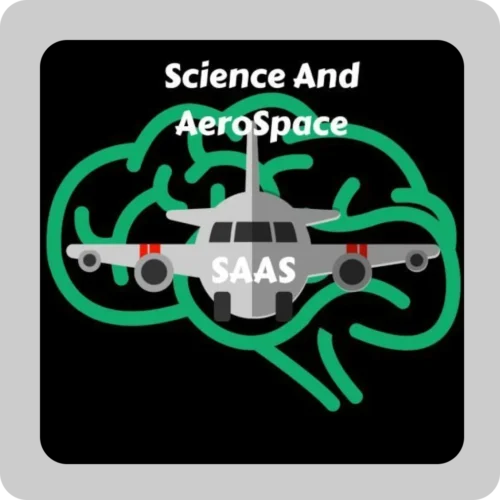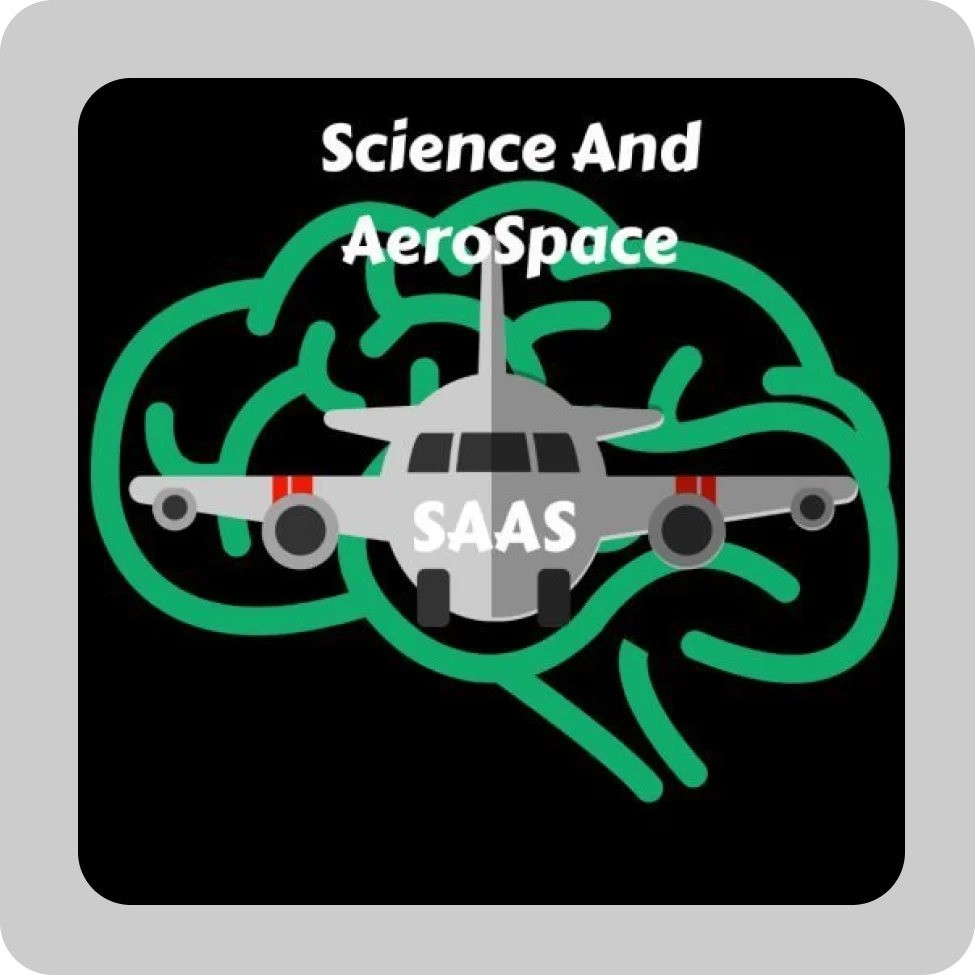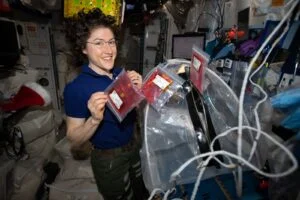3D Printing: A Space-Age Medical Revolution
Why are Astronauts Printing Human Organs in Space: 3D printing has revolutionized various industries, and now, it’s poised to transform the field of medicine. Scientists are pushing the boundaries of this technology by exploring the possibility of 3D printing biological materials, such as tissues, organs, and even veins, in the unique environment of space.
A collaborative effort between the University of Zurich and NASA astronauts aboard the International Space Station (ISS) is at the forefront of this groundbreaking research. By sending immature human cells in test tubes to the ISS, scientists aim to leverage the near-zero gravity conditions to cultivate these cells into complex 3D structures.
The hope is that these space-grown cells will develop into vital tissues like bone and ligament, as well as various organs. Once matured, these bioengineered organs could be transplanted into patients in need, offering a potential solution to the critical shortage of donor organs.
Why Space? Why are Astronauts Printing Human Organs in Space
Cara Thiel, one of the two scientists from the University of Zurich directing this exploration, clarified that the project is occurring in space to utilize “weightlessness as a tool.” Oliver Ullrich, who is additionally conducting the examination says that the absence of gravity on board the ISS will be saddled to grow the undifferentiated cells to develop in 3D, as opposed to the “monolayer” 2D structures that structure on Earth.
The microgravity environment of space offers several advantages for tissue engineering:
- Uniform Cell Growth: Without the influence of gravity, cells can grow more uniformly, leading to more consistent and functional tissues.
- Accelerated Growth: Some studies suggest that cells grow faster in microgravity, potentially speeding up the organ-growing process.
- Improved Tissue Structure: Microgravity can influence how cells organize themselves, potentially improving the structure and function of tissues.
The Process: A Step-by-Step Look
- Cell Procurement: Human cells are sourced from skin or bone marrow tissues.
- Cell Culture: These cells are cultured in a nutrient-rich environment to encourage growth and proliferation.
- 3D Bioprinting: Using advanced 3D bioprinting technology, the cells are layered to form complex tissue structures.
- Maturation: The printed tissues are matured in a bioreactor and exposed to specific conditions to promote their development into functional organs.
The Potential Benefits
- Addressing Organ Shortages: The demand for organ transplants far exceeds the supply. Space-grown organs could help alleviate this critical shortage.
- Personalized Medicine: Organs grown from a patient’s cells could reduce rejection risk and improve transplant outcomes.
- Drug Discovery: Studying how organs develop in space could provide valuable insights into disease mechanisms and lead to the development of new drugs.
Challenges and the Road Ahead
While this technology holds immense promise, there are significant challenges to overcome, including:
- Technical Hurdles: Developing reliable and efficient bioprinting techniques in space is a complex task.
- Ethical Considerations: The moral implications of creating and using human organs in space must be carefully considered.
- Cost: The cost of space-based research and manufacturing is substantial.
Despite these challenges, NASA’s pioneering efforts in space-based organ manufacturing represent a significant step forward in regenerative medicine. As technology advances and our understanding of cellular biology deepens, the dream of growing replacement organs in space may become a reality.
The future of Bio manufacturing?
Dr. Mike Roberts is the Deputy Chief Scientist at the ISS U.S. Public Laboratory. He says that the space station is basic to the future of bio manufacturing.
“We’ve had the option to develop cells in a lab for well longer than a century”, he notes. “In any case, gravity restricts that development to two dimensions only. Cells can grow outward, however not here and there as they do in the human body. Likewise, lab cells are regularly in contact with the glass or plastic that contains them. However, on board the space station, our investigations will be directed in microgravity. That permits you to assemble your cell models in three dimensions, without being bound to the base of a dish or unfit to develop in contact with lot of different cells.” See also https://scienceandaerospace.blog/gmos-
understanding-the-science-and-safety/
In a month-long examination, the ISS astronauts will utilize a “versatile scaled down lab” that was sent on a SpaceX rocket a week ago and all through the researchers will keep a close observation to find out how the undeveloped cells develop.
At the point when the researchers get the examples back, they hope to see the fruitful development of “organoids” – smaller, and simple versions of organs – inside the test tubes.
Organs are made of explicit tissue and most are developed by a complex network of veins that give supplements and eliminate squander from the living cells that make up the tissue.
At the present time we come up short on the capacity and the devices to manufacture these brilliant body tissues however this is actually what bio manufacturing envisions for the future.
Why are Astronauts Printing Human Organs in Space: Medical Benefits
Another medical advantage to assembling biological tissues in space is the possibility to sidestep the body’s immune system.
Organ transfers of today are from donors and thusly inclined to dismissal in light of the fact that the patient’s body sees the new organ as a foreign object, and their immune system reacts to it.
With the capacity to manufacture tissue in space, a patient’s own cells could be utilized to make their new organ, which may maintain a strategic distance from the body’s rejection.
Moreover, having the option to produce organ-like material might be utilized for other clinical investigations, which would limit the utilization of animals in drug testing and examinations.
Three various type of bio manufacturing labs will be experimented on board the space station by the NASA astronauts. Two will work in a way like a standard 3D printer – they extrude cells in layers to assemble tissue.
The third sort utilizes powerful magnets to situate the cells set up.
Each way to deal with bio printing in microgravity will be accessible to clinical specialists trying to more readily see how to design tissues and organs for use in fixing injury and relieving ailment on Earth.
As Dr. Roberts noticed: “The 3D bio printers speak to forefront advancements that could plainly profit health results on Earth. I figure the capacity to make a completely working human organ will take some time – possibly 10 years or more – yet the information we’ll secure to arrive will likewise make between time benefits as we study cell recovery in space and its application to people on Earth”


